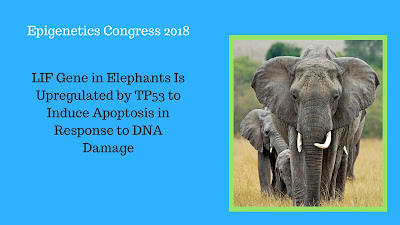Brain development controlled by epigenetic factor

McGill researchers have discovered, for the first time, the importance of a key epigenetic regulator within the development of the hippocampus, a component of the brain related to learning, memory, and neural stem cells. An epigenetic regulator modifies the way specific genes perform while not fixing their deoxyribonucleic acid sequence. By operating with mutant mice as models, the analysis team, led by a professor. Xiang-Jiao Yang, of McGill's Goodman Cancer Center & Department of Medicine, McGill University health center, was able to link the importance of a particular epigenetic regulator called BRPF1 to the healthy development of a section within the hippocampus known as the dentate gyrus. This discovery sheds light on however epigenetic management and neural stem cells could also be concerned in regulation human brain development, and has implications for intellectual incapacity in human patients, in addition as for medical disorders like Alzheimer's disease} ...





